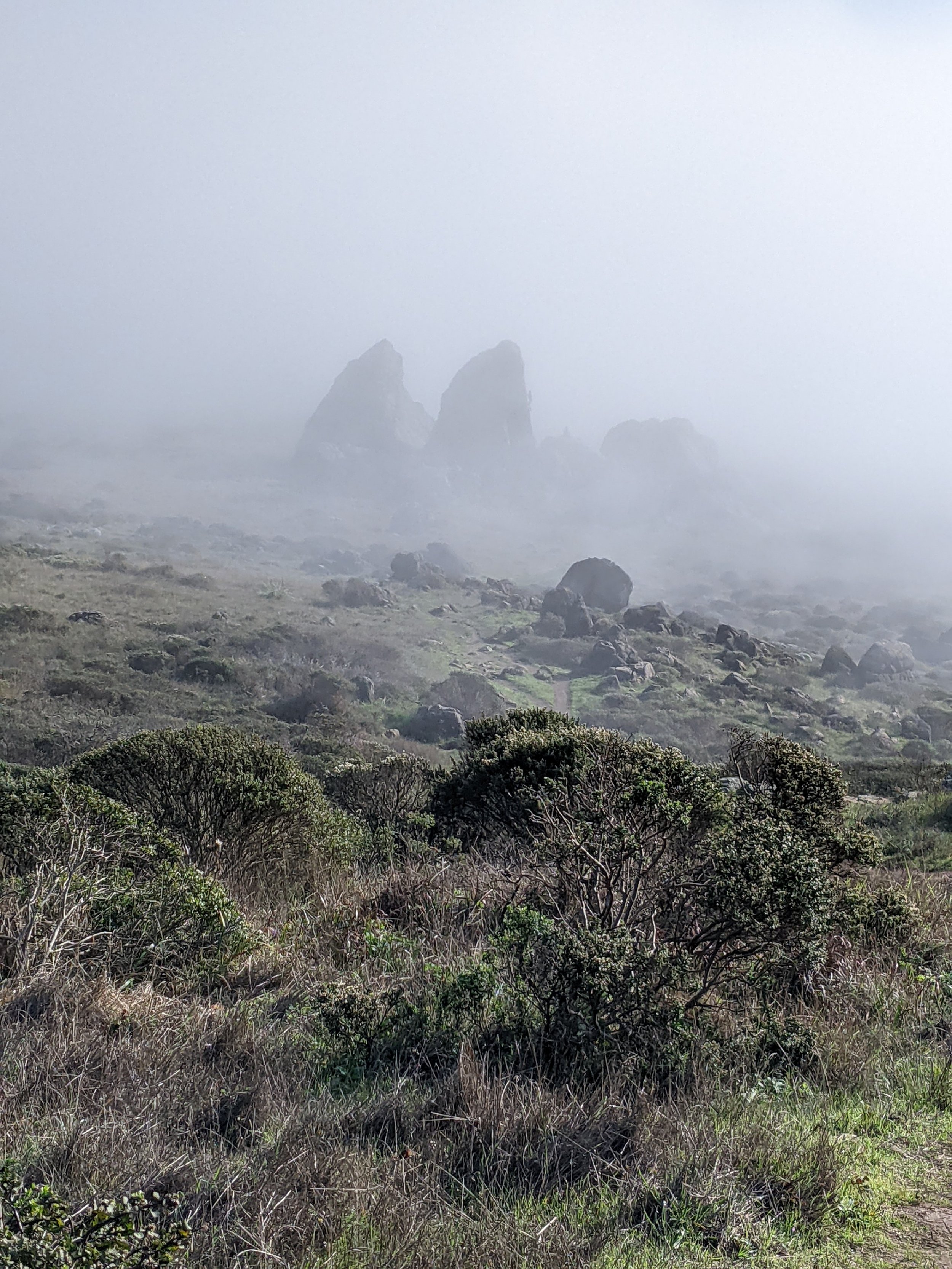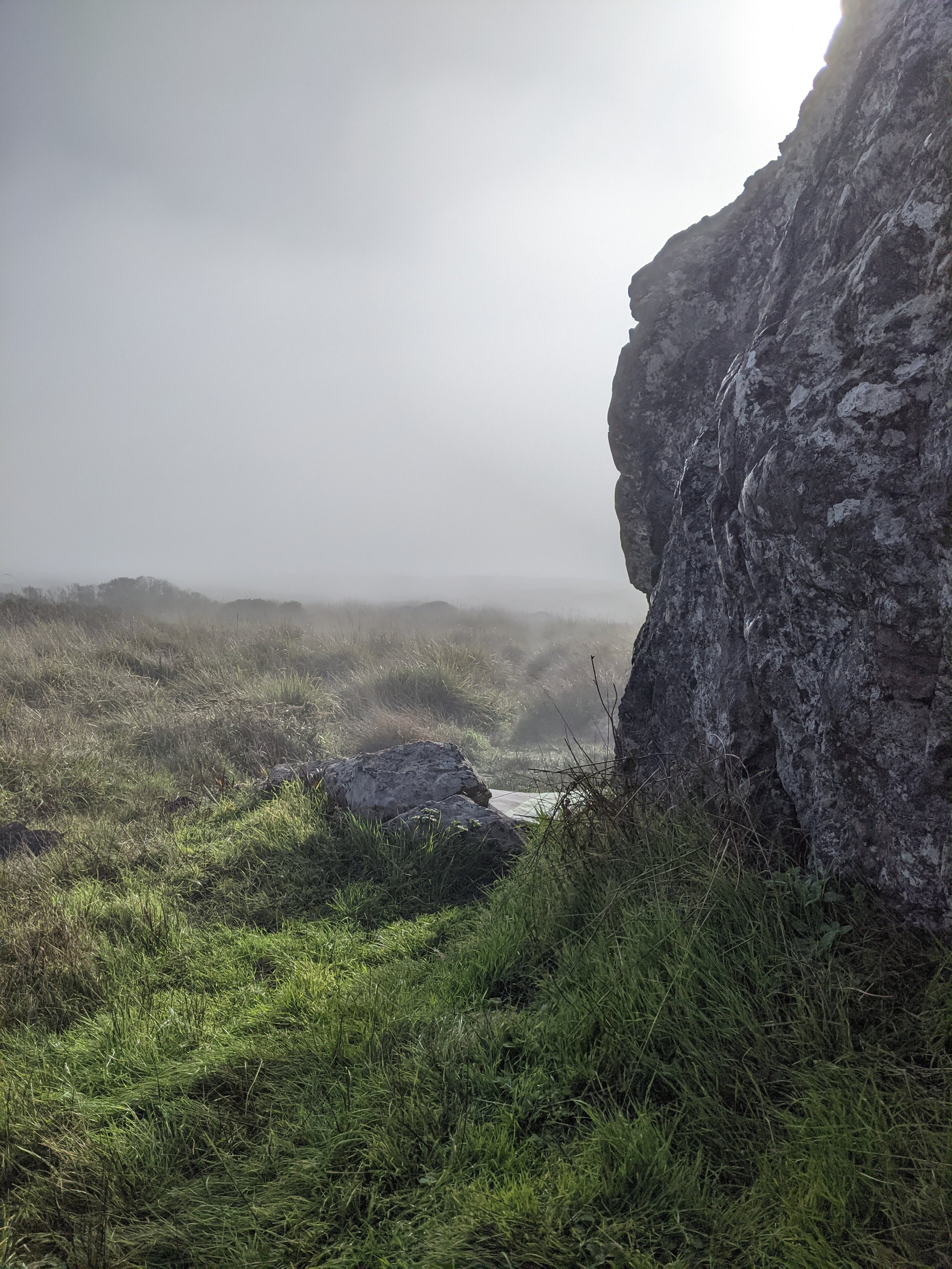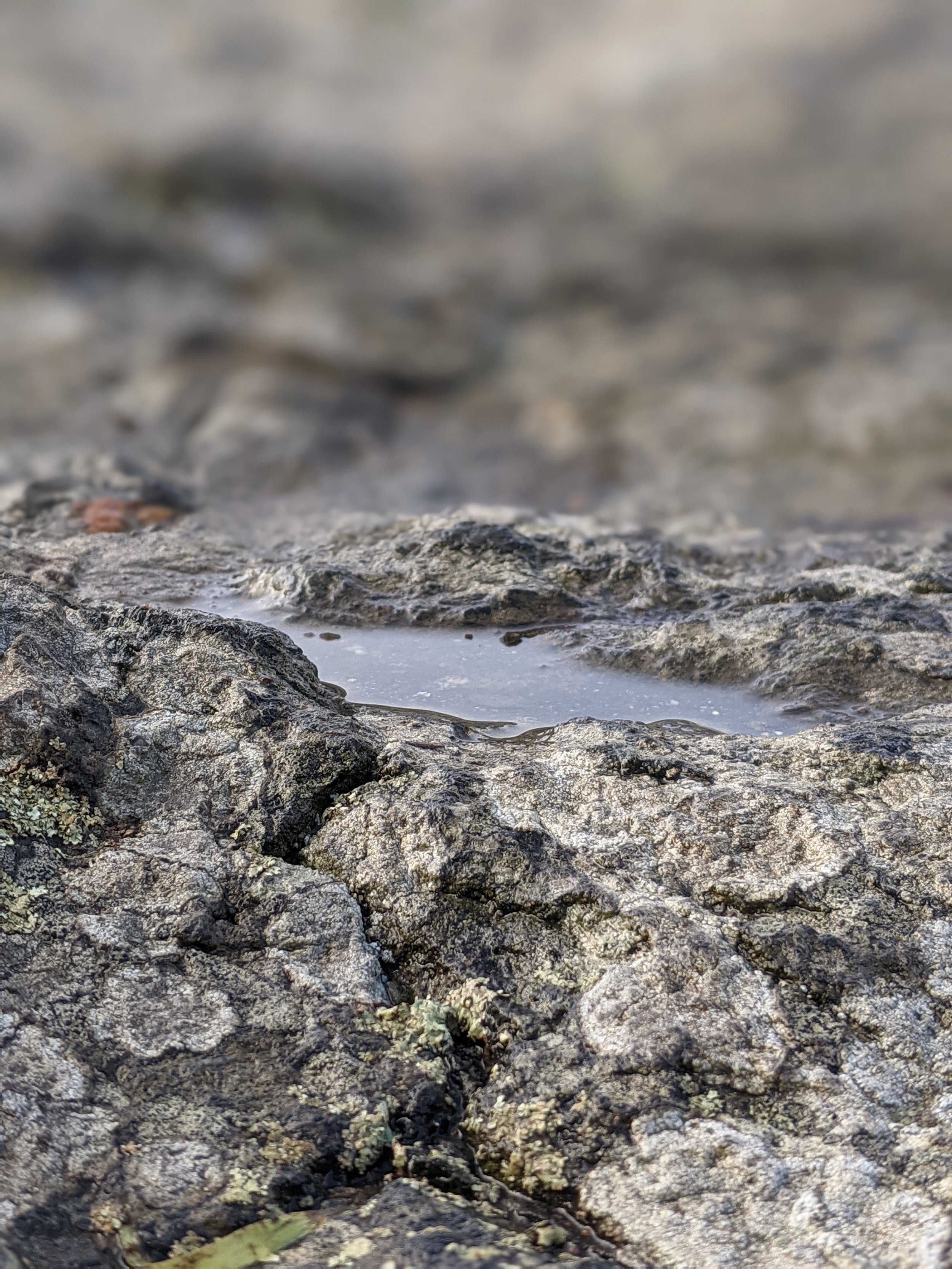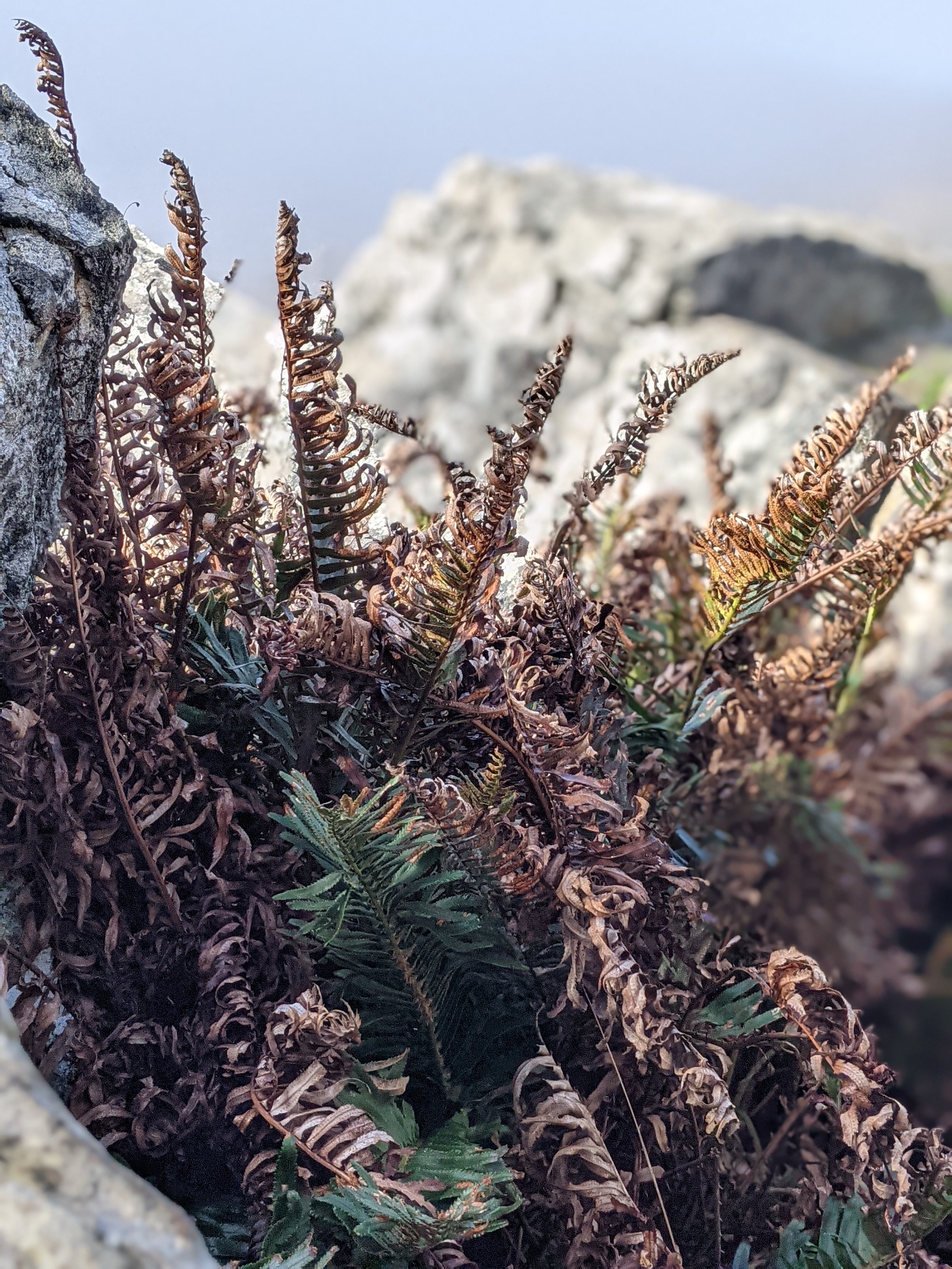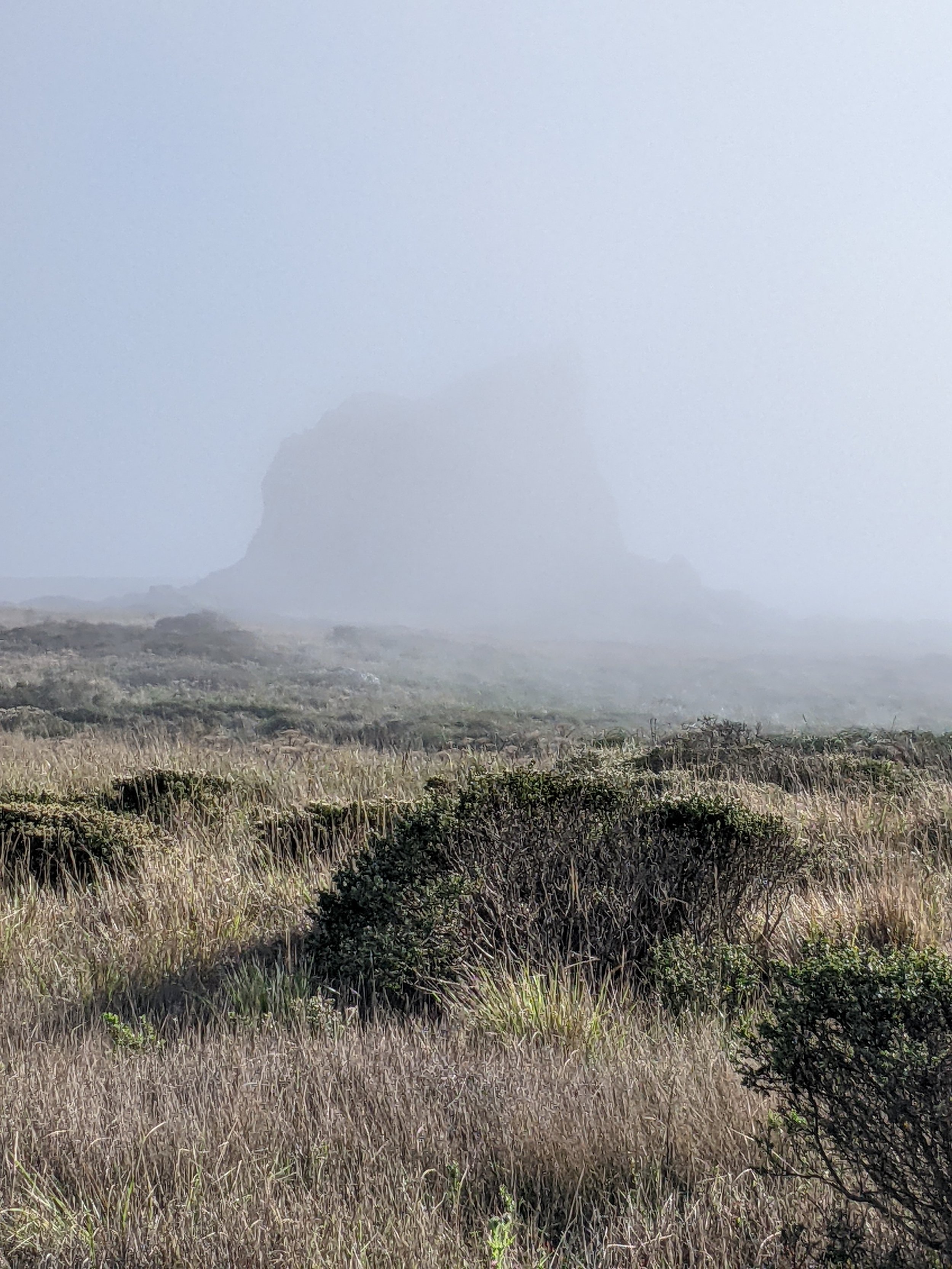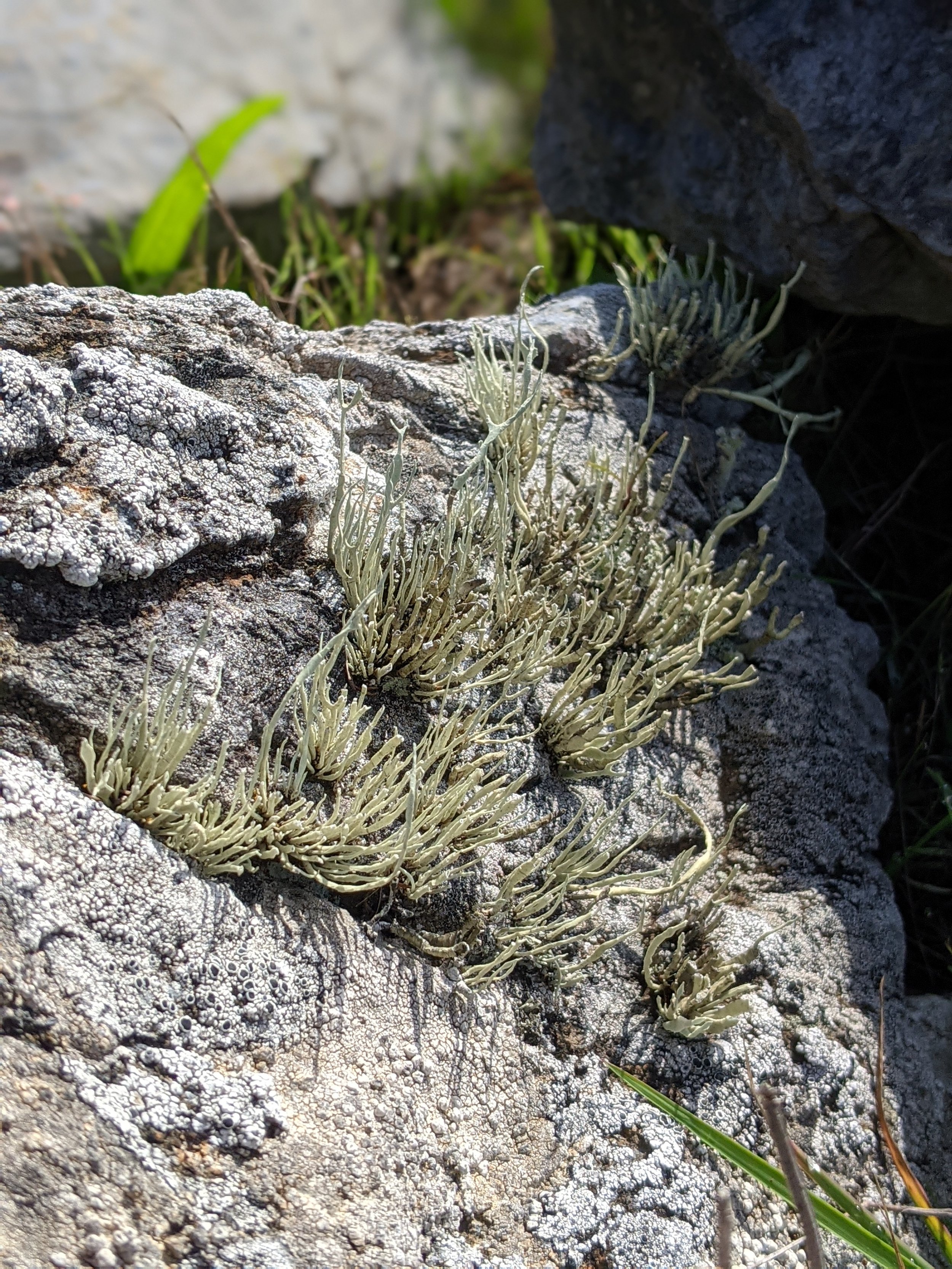Whenever the conversation turns to weather, especially the heat and scorching sun of summer, I frequently remark that I identify as a shade plant. It’s meant as kind of a joke, but in many ways it isn’t.
Many who know me are aware that I’m uncomfortable in sun and warm weather. The bright sun hurts my eyes (and can sometimes trigger migraines), and I’m very prone to sunburns and heat exhaustion. It doesn’t help that I rely on multiple medications that make me more sensitive to the sun and heat.
I’m glad so many people enjoy summer weather. I’m just not one of them.
I recently returned from a short retreat in the terraces of Monte Rio, where I stayed in a cabin perched on a steep hillside deep in the redwoods. While there I saw very little direct sunlight; all of it was filtered through those deep green canopies, or shaded by tall auburn trunks. When it was 95 degrees Fahrenheit in the towns nearby, it was more like 80F among the trees, and even cooler indoors. I was able to rest outdoors without feeling like I was being blinded or slowly roasted.
It was amazing.
My ancestors must have thrived among the woodlands, whether it was in the lands now known as Germany or Switzerland, Sweden or Norway, Britain or Scotland or Ireland or Wales. From them I inherited eyes made for lower-light discernment, skin that’s at home in the cool, misty air of a shadowed wood.
Some years ago I learned that there are a number of specific genes associated with red-headedness. Some of them lead to bright, coppery hair while others lend a more subtle redness; I love that my particular hair color matches the hue of redwood bark.
These genetic differences originate in the Central Asian grasslands, and are associated with a different kind of melanin, sometimes considered a malfunctioning form of melanin, called pheomelanin. It’s why so many of us burn instead of tan, and it’s why we develop clusters of freckles rather than tanning evenly. Unfortunately, it also makes us less able to absorb Vitamin D from the sun and more likely to develop skin cancer. These days I think of those inscriptions in my yearbook — “have a good summer! Get a tan!” — with scorn.
Often, redheads also need more anesthetic during dental and surgical procedures, as my dermatologist recently reminded me while removing an unevenly shaped bump from my arm (a biopsy revealed it was benign).
For whatever reason, our culture worships summer and abhors winter. But we’re not all alike. To go back to plants: If you give them all the same things, most will die. Succulents often want lots of sunlight and very little water. Ferns love deep shade and cool, humid air (hi, kin). Some plants want only distilled water; others are happy with used dishwater. It’s silly to expect every person to love the summer sun and hate rainy, cloudy or cool weather. Hopefully we can all find ways to plant ourselves where we are happiest.


